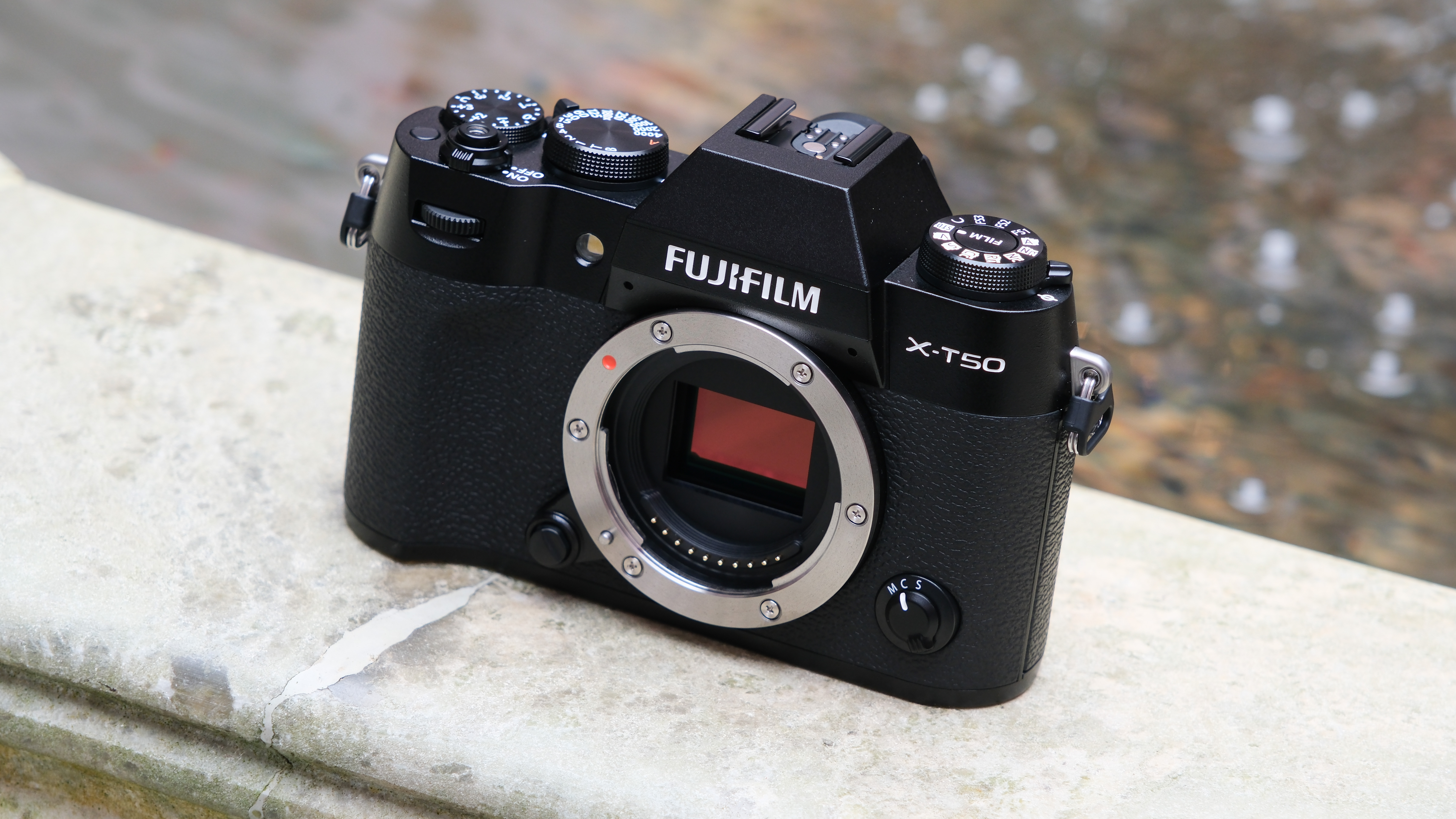
Its been another great year if you are a Fujifilm shooter, with the brand launching some of its best (and most popular) cameras to date. Here is a rundown how Fujifilm's 2024 went down...
February
Fujifilm kicked off 2024 with what would easily become the biggest camera launch of 2024, likely of the decade – and perhaps ever! The Fujifilm X100VI broke camera preorder records all over the world, and has been consistently out of stock ever since, with new orders still taking months to be fulfilled.
But was all the hype worth it? I was hugely impressed by the camera’s design, build quality and form factor, and the improved 40MP sensor, latest-gen processor, and in-body image stabilization are all a winning formula – but if it is a worthwhile upgrade from previous generations, I’m not so sure.
However, if you are on the hunt for one of the best compact cameras or the best travel cameras – the X100VI has immediately jumped to the top of my list!
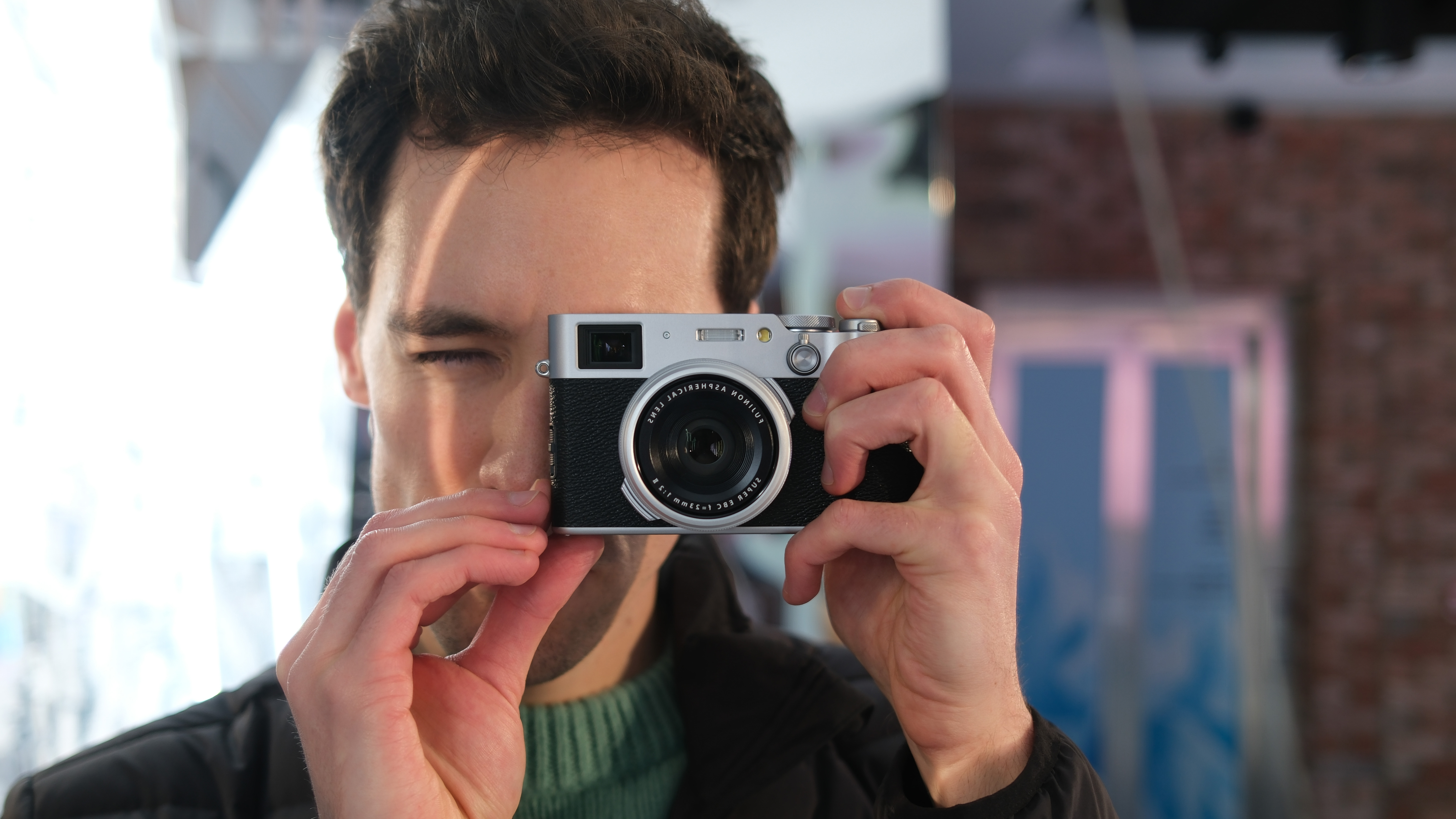
May
Fujifilm’s GFX lineup of medium format cameras continues to go from strength to strength with the arrival of the Fujifilm GFX 100S II. An upgrade of Fujifilm’s GFX 100S, this is the latest mid-level medium format model with a size and price tag that might steal away some full-frame photographers.
The new version keeps the 100MP resolution, but with a new sensor with a faster readout, and paired with the X-Processor 5 autofocus is quicker too and can now recognize even more subjects. I was really impressed with the triple threat of incredible image quality, improved speed, and affordable price to give the camera the full five stars in my review.
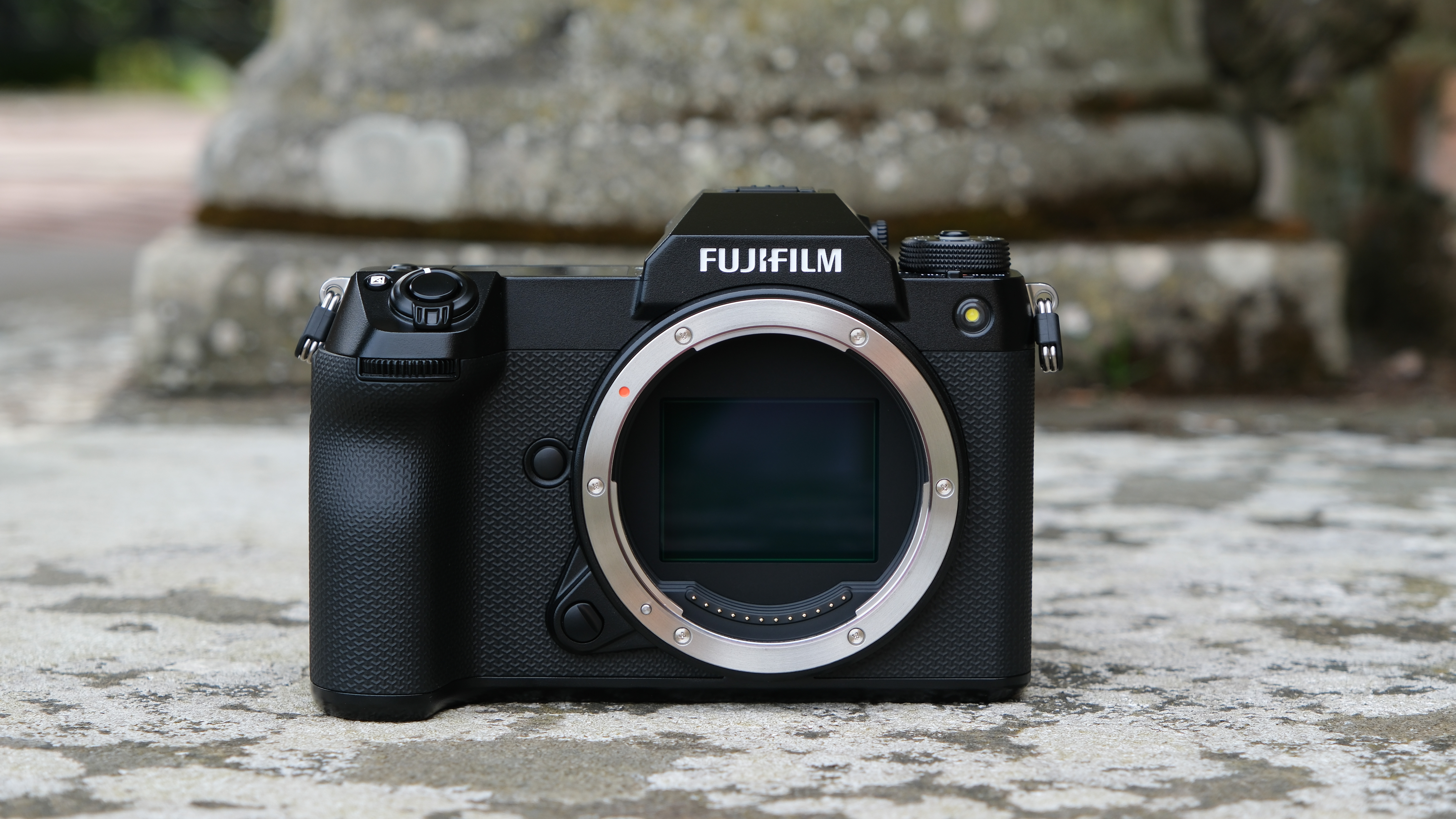
Alongside the GFX 100S II, Fujifilm also introduced its longest medium format lens to date, with the Fujifilm GF 500mm f/5.6 R LM OIS WR – making medium format GFX cameras contenders for wildlife and sports photography. Image quality from the lens is absolutely superb, although being a medium format lens – it certainly isn’t lightweight or compact!
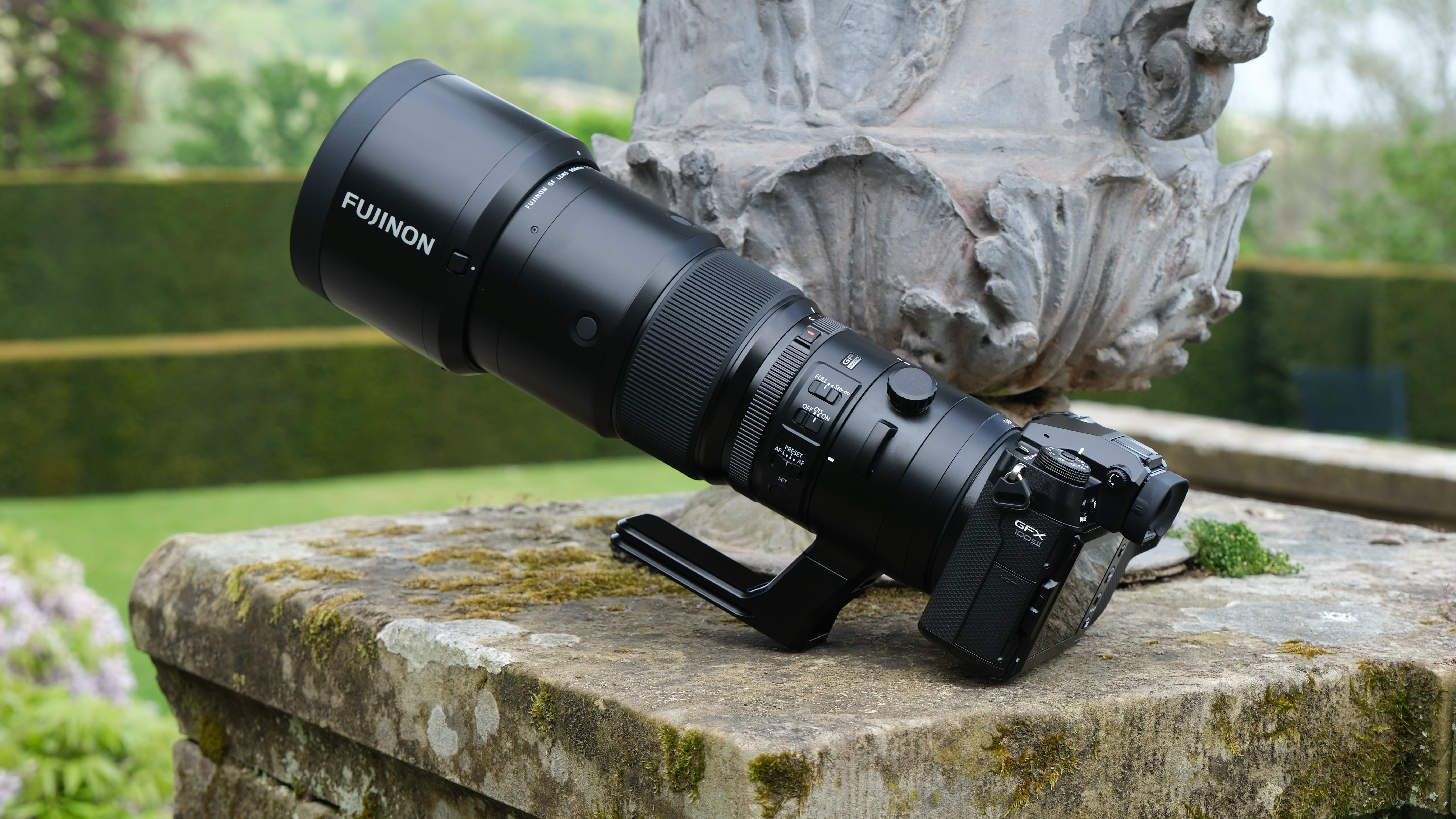
When it rains it pours, not satisfied with just letting the GFX products have their moment, Fuji also packed this month with the release of the Fujifilm X-T50.
The X-T50 is not the X-T30 II replacement many (including myself) thought it would be, and instead sits just between the X-T30 II and the Fujifilm X-T5, sacrificing weather sealing, a second SD card slot, and battery life to undercut the slightly larger model on price (although not by that much).
The X-T30 II still stays in the lineup as the most affordable way to get a new Fujifilm camera, but the X-T50 one-ups it with a higher-res 40 MP sensor, backed up with in-body image stabilization, as well as Fuji’s latest processor with more subject recognition and better video output.
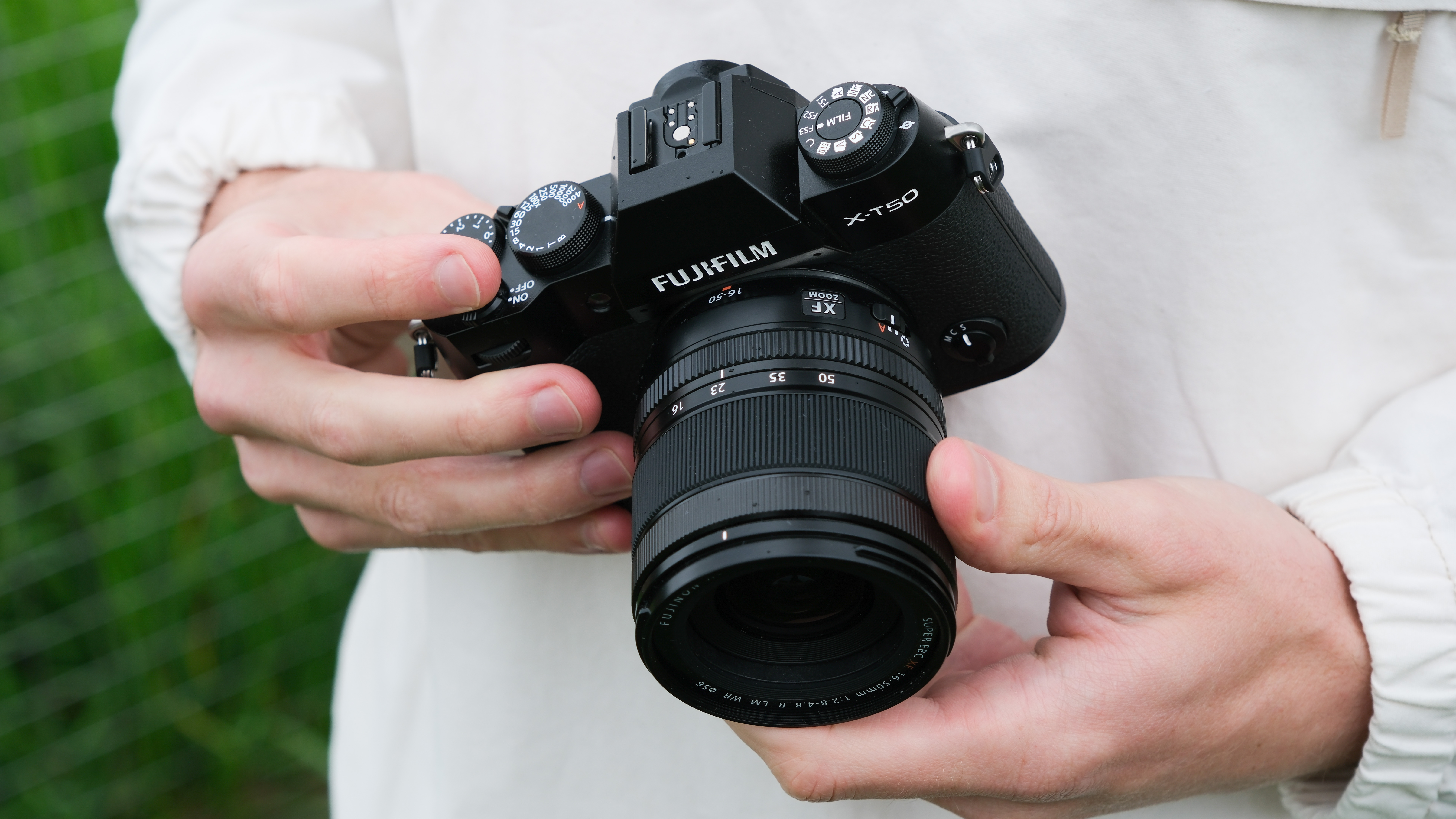
Fujifilm's final launch of the month was an update to its standard kit lens – the Fujifilm XF 16-50mm f/2.8-4.8 R LM WR replaced the long-serving XF 18-55mm f/2.8-4. The previous version was beloved by the Fujifilm community for its build and image quality exceeding what is usually expected from a kit lens, this new model had a lot to live up to – and it mostly delivered.
For the new lens, Fuji decided to shave a little off the top end of the focal length but increased the wide angle, and perhaps most exciting – the lens also manages to add an internal zoom, which helps the lens become even more compact as well as maintaining its balance on carefully tuned gimbals and rigs. The lens is more expensive than the average kit lens but eclipses them in both build and image quality.
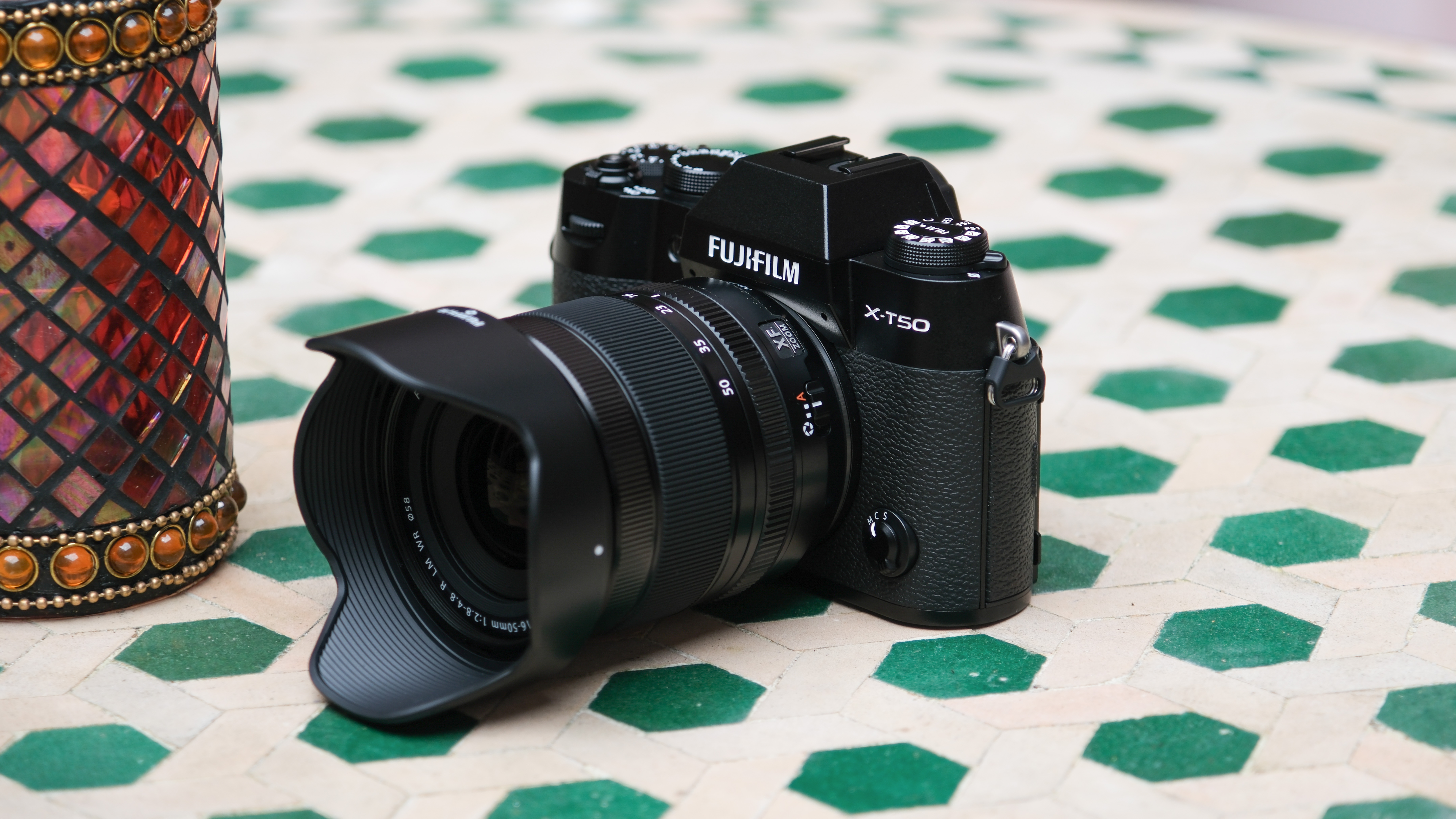
October
Another bumper month of releases from Fujifilm was headlined by the Fujifilm X-M5 – Fuji’s answer to the explosion in popularity of vlogging cameras like Sony’s successful ZV range.
The X-M5 is the smallest interchangeable lens camera in Fujifilm’s lineup, forgoing the viewfinder of the X-E range (much to the disappointment of many photographers). However, the camera doesn’t scrimp on video specs, with the 24MP sensor and latest processor combining to produce up to 6K video from the full readout of the sensor. Following the trendy retro stylings Fujifilm cameras are known for, the X-M5 has become an instant hit, with stock selling out fast.
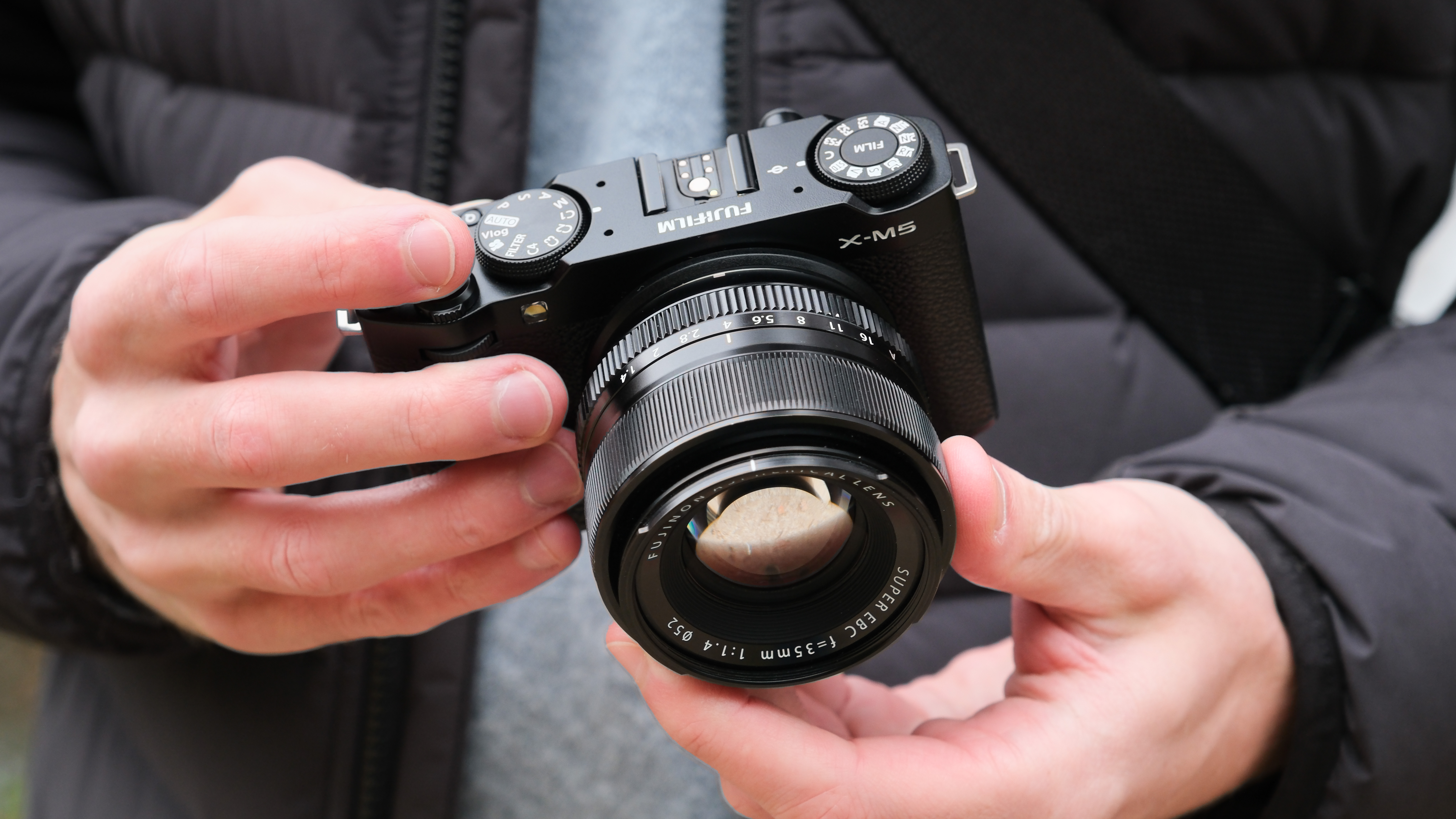
From Fuji’s smallest camera to its longest prime lens – the Fujifilm XF 500mm f/5.6 R LM OIS WR was also announced in October and breezes past the XF 200mm lens to become the longest prime lens for the Fujifilm XF mount. Plus, due to the crop factor of APS-C sensors, the lens reaches a full-frame equivalence of approx 762mm, or combined with a 2x teleconverter can reach a staggering 1000mm (1524mm full-frame). With sharper optics and a wider top-end aperture than Fuji’s only other XF lens at this focal range (the XF 150-600mm).
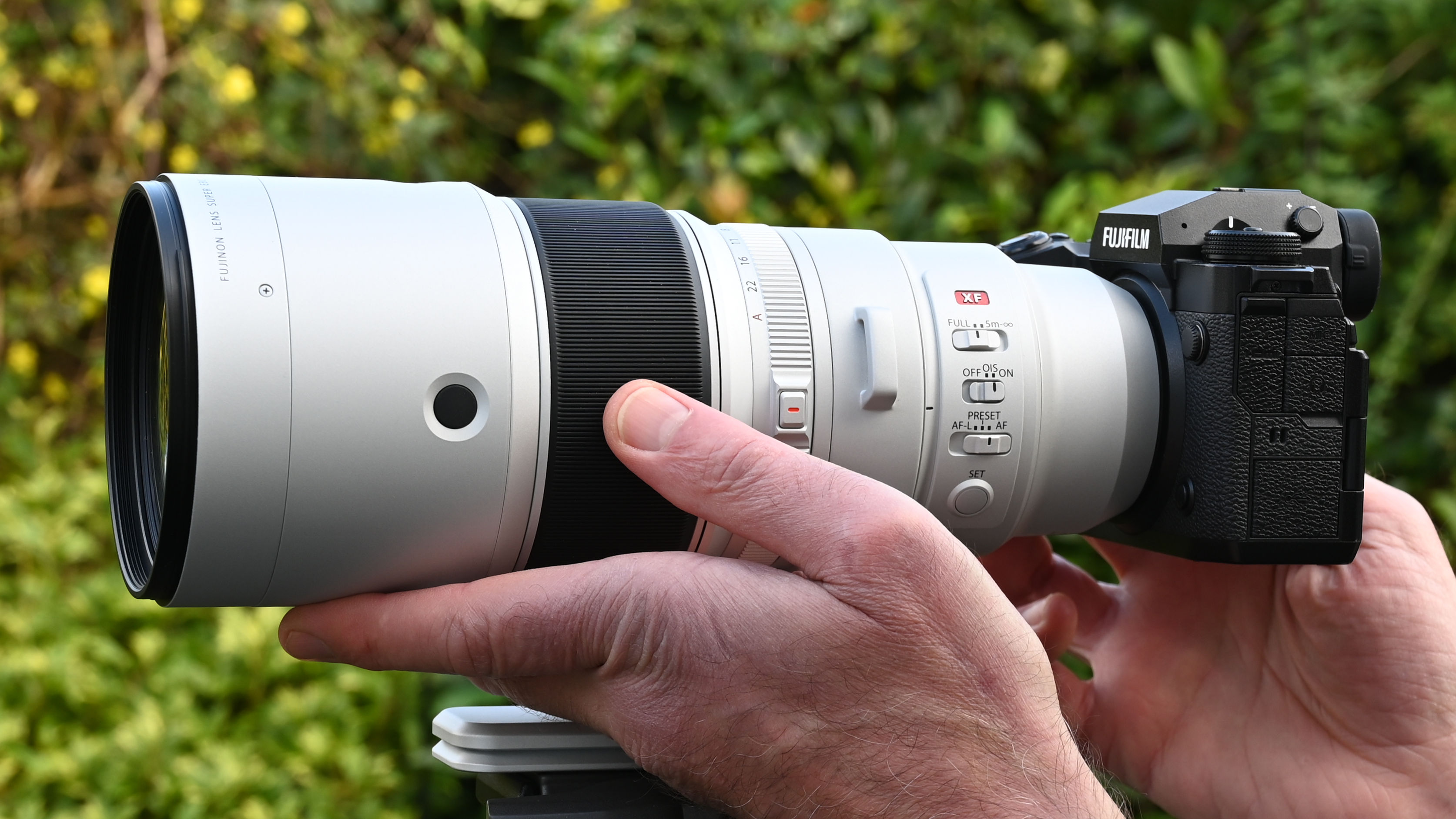
Last but certainly not least for the year is Fujifilm’s update of its pro standard zoom – the XF 16-55mm f/2.8 R LM WR II lens offers significant size and weight improvements over its predecessor, boasting a 37.4% weight reduction, now just 410g compared to 655g, as well as a 37.8% reduction in volume – 11mm shorter and 5mm narrower. The lens keeps pro features like weather resistance and a now de-clickable aperture ring, which is ideal for smooth, silent aperture transitions in video recording.
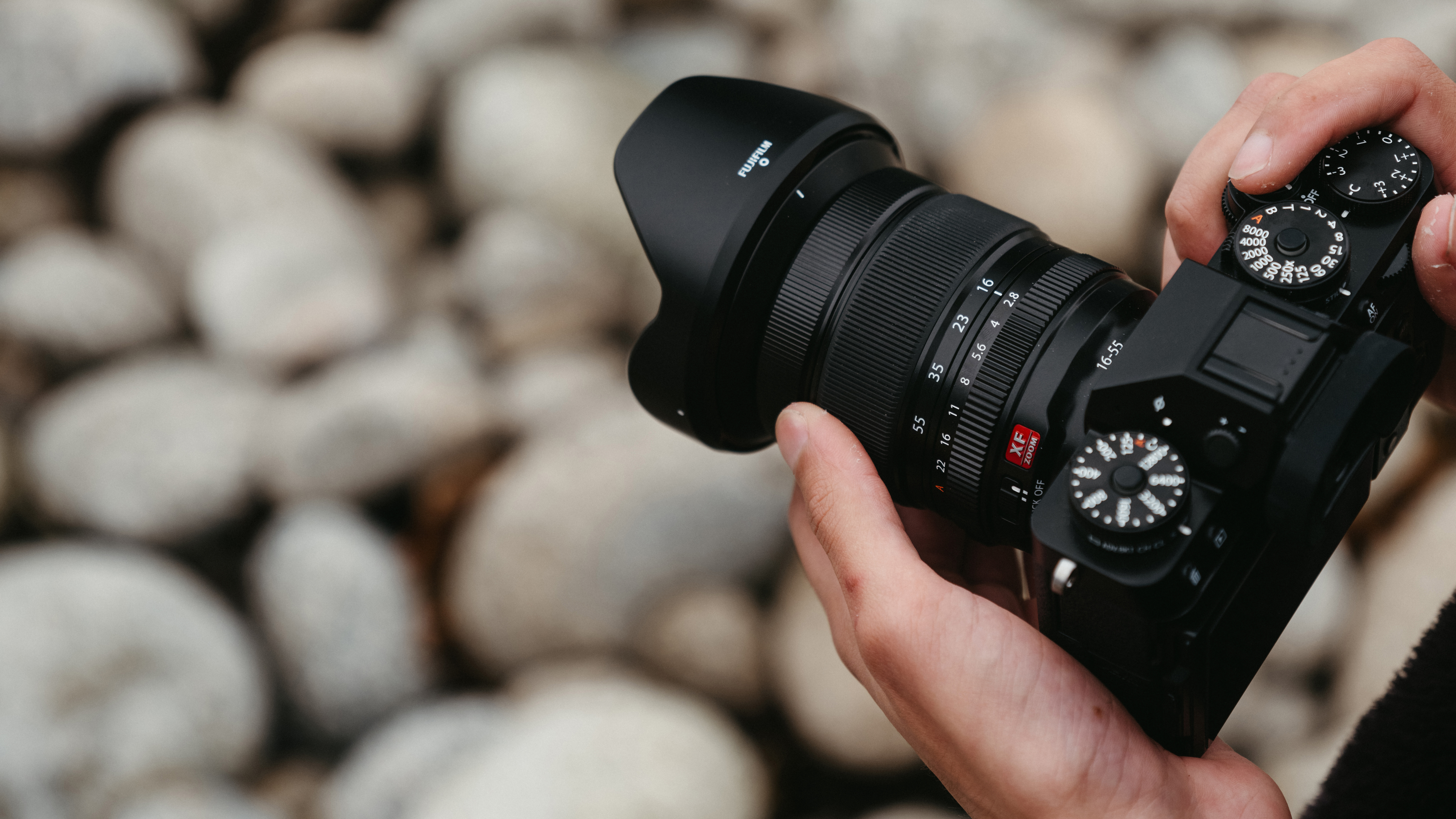
November
Fujifilm finished the year with a tease for 2025 – announcing the development of its first dedicated cinema camera, the GFX Eterna. The Eterna is a box-style camera and will feature a 102MP medium format sensor. Fujifilm proved that its GFX 100 II could be a powerful filmmaking tool, with a huge detailed sensor capable of wide tones, and an image circle widely compatible with a lot of cine-lenses. The Eterna looks to replicate all this in a body more suited to video-making accessories and controls.
Firmware updates
All year long Fujifilm have been bringing firmware updates across its range, and it seems that Fujifilm’s firmware updates have almost become launches in themselves, with each one bringing some significant updates. Admittedly, some of these are to fix flaws in its cameras – with the most significant of the year finally addressing the autofocus issues that have been plaguing a lot of Fuji video shooters.







